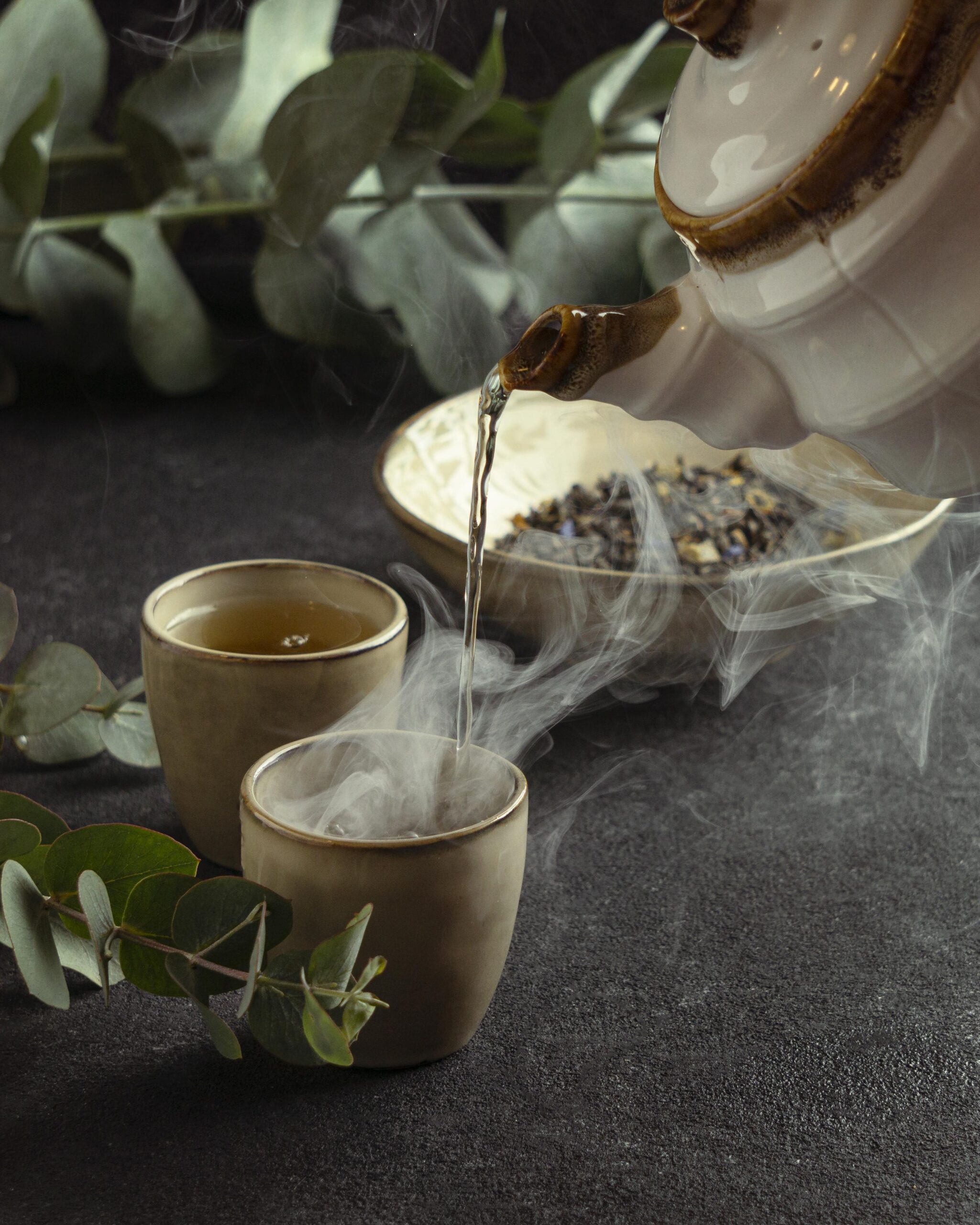
Green tea has long been celebrated for its health benefits and soothing properties. Yet, many tea drinkers struggle with finding the right balance in flavor. The trick to mastering green tea lies in understanding the delicate relationship between steeping time and flavor. When steeped too long, green tea can become bitter, overshadowing its natural flavors. But by experimenting with different steep times, you can unlock a perfect cup tailored to your taste.
Why Steeping Time Matters
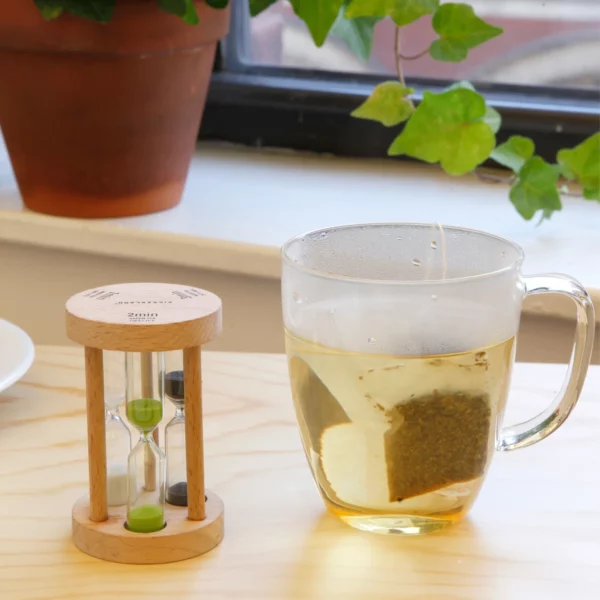
The steeping time of green tea is crucial for flavor extraction. The leaves contain compounds like catechins, tannins, and amino acids, which contribute to the tea’s taste and health benefits. When steeped correctly, these compounds create a balanced flavor that is both refreshing and slightly sweet. But if the tea is steeped for too long, the tannins dominate, leading to a bitter and astringent taste.
Steeping time not only affects flavor but also the concentration of nutrients. A shorter steep time might result in a milder taste, while a longer steep can bring out the full range of flavors and benefits, though at the risk of bitterness.
The Science Behind Green Tea Bitterness
Understanding why green tea becomes bitter with longer steep times can help you avoid this common pitfall. The bitterness comes from the release of tannins and catechins, which are natural antioxidants found in the tea leaves. While these compounds are beneficial for health, they can overpower the tea’s flavor if not balanced correctly.
Tannins are responsible for the dry, puckering sensation often associated with over-steeped tea. They are more soluble in hot water, so the longer you steep, the more tannins are released, leading to a bitter taste. Catechins, on the other hand, contribute to the tea’s astringency. While they offer numerous health benefits, such as supporting heart health and boosting metabolism, too much can result in an unpleasant taste.
Experimenting with Different Steep Times
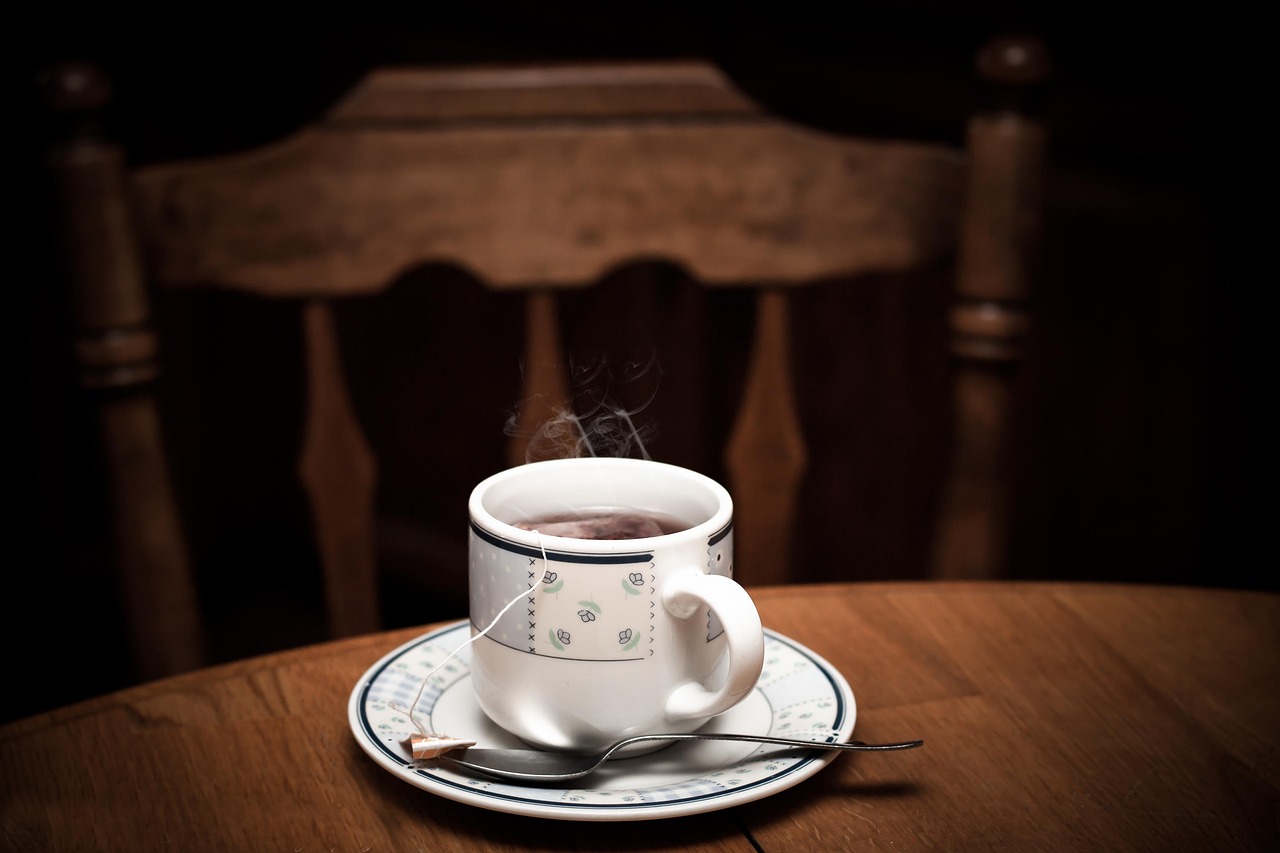
To find the perfect steep time for your green tea, consider experimenting with different durations. Here’s how you can approach this process:
- Start with a Short Steep: Begin with a steep time of 1 to 2 minutes. This will give you a light, delicate flavor with minimal bitterness. If you enjoy a subtle taste, this might be your ideal steep time.
- Gradually Increase the Time: If the tea feels too light, increase the steep time by 30-second increments. Taste the tea at each interval to determine your preferred balance. A steep time of 3 to 4 minutes often provides a fuller flavor without excessive bitterness.
- Avoid Over-Steeping: Steeping green tea for more than 4 minutes typically results in a bitter taste. If you prefer a stronger tea, consider using more tea leaves instead of increasing the steep time.
The Impact of Water Temperature
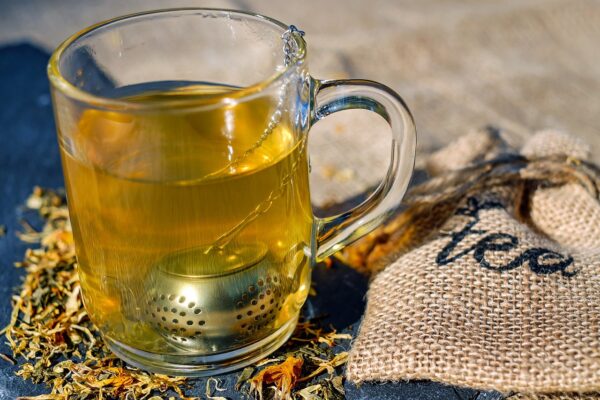
While steeping time is critical, water temperature also plays a significant role in the flavor of your green tea. The ideal temperature for green tea is between 160°F to 180°F (70°C to 80°C). Water that is too hot can scald the leaves, leading to a bitter taste even with a short steep time. Conversely, water that is too cool may not extract enough flavor, leaving the tea bland.
Here are some tips for managing water temperature:
- Use a Thermometer: To achieve the perfect water temperature, use a kitchen thermometer. This ensures that the water is not too hot or too cool for steeping.
- Cool the Water After Boiling: If you don’t have a thermometer, boil the water and let it cool for a minute or two before pouring it over the tea leaves. This helps avoid scalding the delicate leaves.
- Experiment with Temperature and Time: Just as with steep time, you can experiment with water temperature to find your perfect cup. Try steeping at a slightly lower temperature for a longer time or at a higher temperature for a shorter time to see which method you prefer.
The Role of Tea Quality
The quality of your green tea leaves also affects how they respond to steeping. Higher-quality teas are less likely to become bitter, even with longer steep times. These teas often have more complex flavors that can be fully appreciated with a longer steep.
When choosing green tea, consider the following:
- Look for Whole Leaves: Whole leaf teas tend to be of higher quality than tea bags. They have a richer flavor and are less likely to become bitter.
- Check the Source: The origin of the tea can influence its flavor profile. Teas from Japan, such as Sencha and Gyokuro, are known for their delicate sweetness, while Chinese green teas like Dragonwell have a nuttier, more robust flavor.
- Freshness Matters: Fresh green tea has a more vibrant flavor and is less prone to bitterness. Store your tea in an airtight container away from light and moisture to preserve its freshness.
Avoiding the Need for Sweeteners
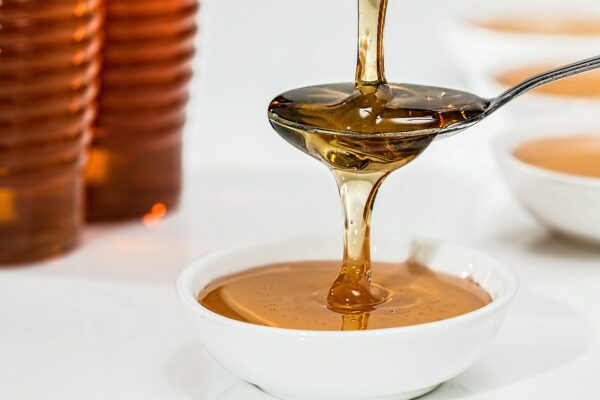
One of the most common reasons people add sweeteners to their tea is to mask bitterness. But by mastering the art of steeping, you can enjoy green tea’s natural flavors without the need for added sugars or honey.
Here are some tips for enjoying green tea without sweeteners:
- Experiment with Steeping Time: As mentioned earlier, adjusting the steep time can reduce bitterness and enhance the natural sweetness of the tea.
- Choose Naturally Sweet Teas: Some green teas, like Genmaicha or Jasmine Green Tea, have naturally sweet or floral notes that can satisfy your sweet tooth without the need for sweeteners.
- Pair with Food: Enjoy your green tea with a light snack, such as fresh fruit or a small piece of dark chocolate. The combination can enhance the tea’s flavor and reduce the desire for added sweeteners.
Creating Your Green Tea Ritual
Drinking green tea is more than just a daily habit; it can be a soothing ritual that enhances your well-being. By focusing on the details, such as steeping time, water temperature, and tea quality, you can elevate your tea-drinking experience.
Here’s how to create a mindful green tea ritual:
- Set the Mood: Create a calming environment by setting aside a quiet space for your tea ritual. Light a candle, play soft music, or sit by a window with a view.
- Use Quality Tools: Invest in a good-quality teapot, tea strainer, and thermometer. These tools not only improve the taste of your tea but also make the experience more enjoyable.
- Savor the Moment: Take the time to appreciate the aroma, color, and flavor of your green tea. Sip slowly and mindfully, allowing yourself to fully enjoy each cup.
Exploring Different Green Tea Varieties

Green tea comes in a variety of flavors and styles, each offering a unique experience. By exploring different types, you can find the one that best suits your taste preferences and steeping style.
Here are some popular green tea varieties to try:
- Sencha: A Japanese green tea with a bright, grassy flavor. It’s perfect for those who enjoy a fresh, slightly sweet taste.
- Dragonwell: A Chinese green tea known for its smooth, nutty flavor. Dragonwell is less likely to become bitter, making it a great choice for longer steep times.
- Matcha: A powdered green tea that is whisked rather than steeped. Matcha has a rich, umami flavor and is packed with antioxidants.
- Genmaicha: A blend of green tea and roasted brown rice. Genmaicha has a toasty, sweet flavor that pairs well with savory foods.
- Jasmine Green Tea: A fragrant tea infused with jasmine flowers. The floral notes add a natural sweetness that makes it perfect for those who prefer a sweeter tea without adding sugar.
Common Mistakes to Avoid
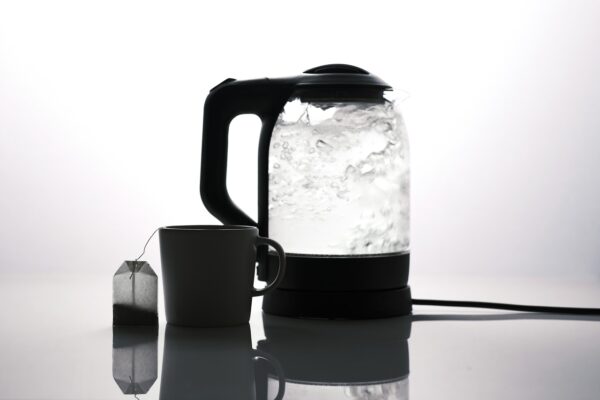
Even seasoned tea drinkers can fall into common pitfalls that lead to bitter or lackluster tea. By being aware of these mistakes, you can ensure a perfect cup every time.
- Using Boiling Water: Boiling water can scald the leaves and create a bitter taste. Always let the water cool slightly before steeping.
- Over-Steeping: As mentioned earlier, steeping green tea for too long can result in bitterness. Stick to a steep time of 1 to 4 minutes, depending on your taste preference.
- Ignoring Tea Quality: The quality of your tea leaves plays a significant role in the final flavor. Invest in high-quality, fresh tea for the best results.
- Not Measuring Tea Leaves: Using too much or too little tea can throw off the balance of flavors. Use a teaspoon to measure out your tea leaves, adjusting based on the strength you prefer.
- Rushing the Process: Green tea is meant to be enjoyed slowly and mindfully. Take the time to prepare your tea with care, and savor each sip.
Enhancing Your Green Tea Experience

To truly enjoy green tea, consider enhancing your experience with complementary practices. These small additions can turn a simple cup of tea into a moment of relaxation and wellness.
- Pair with Meditation: Drinking green tea can be a meditative experience. Pair your tea ritual with a few minutes of deep breathing or mindfulness meditation to enhance relaxation.
- Explore Tea Pairings: Green tea pairs well with a variety of foods, from light salads to sushi. Experiment with different pairings to find combinations that bring out the best in your tea.
- Share with Others: Tea is a social beverage, and sharing a cup with friends or family can make the experience even more enjoyable. Host a tea-tasting session where everyone brings a different type of green tea to share and compare.

